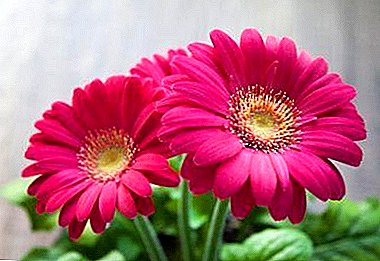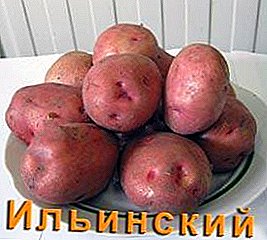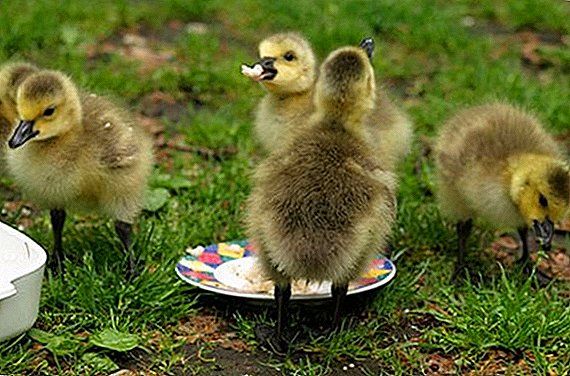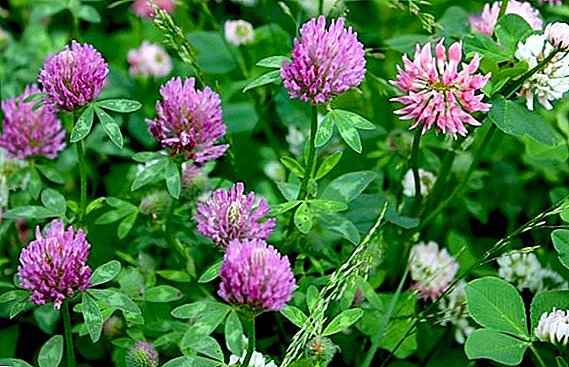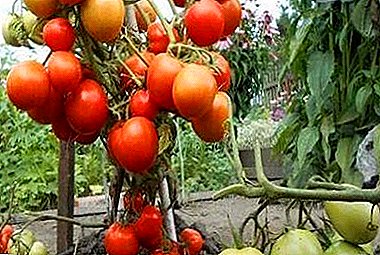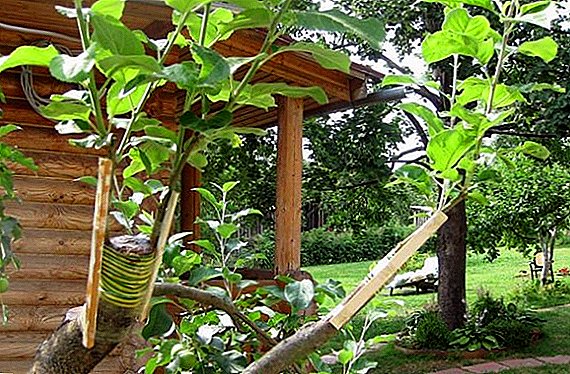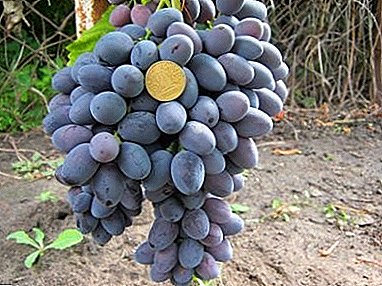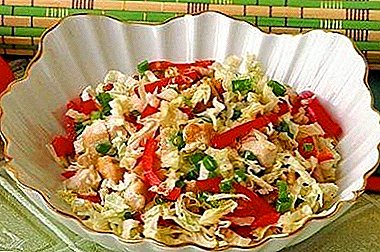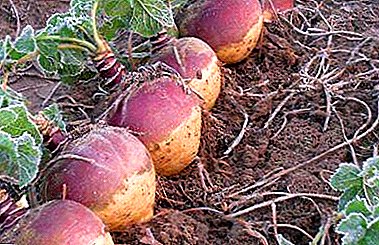
In Russia, the primordial product is turnip, but the nutritional value and vitamin C content of swede exceeds it. Unfortunately, farmers and gardeners do not know this, and do not grow turnips, but in vain! Rutabaga is a vegetable that is very popular in Europe.
In honor of him even arrange holidays in Switzerland. This vegetable, according to some scholars, is the result of cabbage and turnip crossing.
The article will tell you how and when to sow vegetable seeds in open ground and on seedlings, and after which it can be grown.
Features of growing
Swede looks like this: on top of the green leafy part, above the ground there is still a small greenish part of the root, the root itself is red-purple, and inside it has yellow flesh.
- Swede matures for a long time, so it is better to engage in planting early.
- This vegetable is not afraid of cold temperatures, i.e. refers to cold-resistant species.
- Rutabaga is a two-year-old vegetable. In the first year, the root and leaf mass develops and at this time it is suitable for food. In the second year, swede blooms and produces seeds.
- Pay attention when planting need to soil. Acidified soil will not suit swede. It should be loose and moderately moist. If the soil is too dry, the vegetable will not be suitable for food, but an excess of moisture leads to decay.
- If any legumes, potatoes, tomatoes, cucumbers or zucchini grew on this place before the swede, then the place is suitable for this crop. If on a bed grew close relatives: cabbage or turnip, then it is not recommended to use this place for turnips.
Seeds
 Since swede is not popular in Russia, the choice of varieties is small. Of the most common varieties - "Krasnoselskaya." In total, Russian varieties of dining room swede 6.
Since swede is not popular in Russia, the choice of varieties is small. Of the most common varieties - "Krasnoselskaya." In total, Russian varieties of dining room swede 6.
When choosing seeds for the garden, consider the term of ripening of the root. For example, in the middle-early varieties "Novgorod", "Krasnoselskaya" and "Children's Love", the ripening period is up to 117-120 days. Vereyskaya and Hera rutabaga ripens in 90 days. The earliest variety "Light Dream". It takes 70 days to complete the formation of the root.
Also varieties differ in weight of the root. Krasnoselskaya swede grows in weight up to 600 grams. The rest of the varieties yield less weight to 350-400 grams.
Seeds are very affordable in price.. In Moscow, the average price range from 14 to 20 rubles.
Timing
Swede refers to cold-resistant crops, which entails a feature of early planting. For seed germination, the desired soil temperature is only + 2 degrees (but the best temperature is from +12 to +17), while it can easily tolerate frosts up to -2 degrees.
Based on this temperature, the best region for growing rutabagas is the midland and northwest region. In these places, turnips are grown since the end of April.
If there is a desire to grow this crop in the southern regions, it is better to take varieties that ripen faster (70-90 days). If it is too early to sow the seeds, then the crop is removed before the onset of the heat.
In the northern regions of our country (as well as in Siberia and the Urals), in the harsh environmental conditions of summer residents, every day is important. To get a crop, swede seeds for seedlings are sown at the beginning of April (otherwise the root crop will not have time to mature), and planted in the open ground closer to June.
Attention! In the ground transplant a plant that already has 3-4 leaves.
Landing methods
There are two methods: seedless (directly to open ground) and transplanting.
In open ground
 As mentioned above in the middle lane sow the seeds directly into the open ground. For this you need:
As mentioned above in the middle lane sow the seeds directly into the open ground. For this you need:
- Prepare the ground. Improve if necessary by adding peat or sand. Dig the soil, remove weeds and roots. Fertilize before planting can only humus or compost.
- Prepare the seeds. Before sowing, they can be cooked for 30 minutes by placing them in water with a temperature of about +50 degrees.
- Make grooves on the garden (groove depth not more than 2-3 cm.).
- Sow seeds (on 1 m. an average of 20 pieces). Sprinkle the seeds with earth and cover the garden bed (with a film or spunbond).
On the 5th day, shoots appear, which can be thinned for the first time when 3-4 leaves already appear. The distance during thinning between plants is 5-6 cm. The second time thinning is carried out when there are already 5-7 sheets on the plants, while leaving a distance between them of 15-20 cm.
Seedlings
When growing swede seedlings, the algorithm works the following:
- Choose a place for boxes with seedlings (cool, so a veranda or balcony is suitable, because in a warm place good, strong, viable seedlings will not grow. The depth of the boxes for seedlings is 10-15 cm).
- We prepare seeds and soil (as well as with the seedless method).
- Sow the seeds in boxes (3-4 cm between the seeds) and sprinkle with earth (depth of seeding is 1-2 cm).
- Water the soil and cover with film or glass (do not open until germination).
- When shoots appear, the film is removed, and when young plants have from 3 to 5 true leaves, they are planted in separate peat pots before planting in open ground.
- 30-40 days after emergence of shoots, plant seedlings in open ground (form beds in beds, distance between holes 15–20 cm, distance between rows about 60 cm).
Care and difficulty
 When the plants are already on the bed, the most difficult stage is over. It is believed that rutabaga unpretentious further care. Summer residents need to monitor soil moisture (do not dry or overflow), loosen (so that oxygen penetrates to the roots), weed and feed the plant. But here, too, one encounters his own difficulties and peculiarities:
When the plants are already on the bed, the most difficult stage is over. It is believed that rutabaga unpretentious further care. Summer residents need to monitor soil moisture (do not dry or overflow), loosen (so that oxygen penetrates to the roots), weed and feed the plant. But here, too, one encounters his own difficulties and peculiarities:
- Swede does not like waterlogging. Watering is done 3-5 times during the growing season. Attention must be paid to the preservation of moisture in the soil. For this, the soil between the rows is covered: with compost, straw, cut grass or nettles, rotted sawdust.
- Fertilize is often not necessary, only 2-3 times per season. You can not fertilize with fresh manure, because the pulp will become tasteless (dry and loose). If you like swede sweeter, fertilize it with fertilizer with phosphorus, it will increase the sugar content of the root. Without boron fertilizer, the vegetable will become bland.
- Pests also create a problem. It is a cruciferous fly and a cabbage fly. Ash between rows and naphthalene can cope with these pests.
Important! Strongly smelling flowers and herbs help to fight insects: mint, marigold, thyme, calendula, sage. The garden will be protected and at the same time very beautiful. Swede can be used in cooking. It is added fresh in salads. Vegetable can be stew, fry, boil.
Swede is good for health. This is a great remedy for burns, as well as wound healing and anti-inflammatory. Maybe it is worth highlighting a small patch of vegetable garden for this wonderful vegetable?


